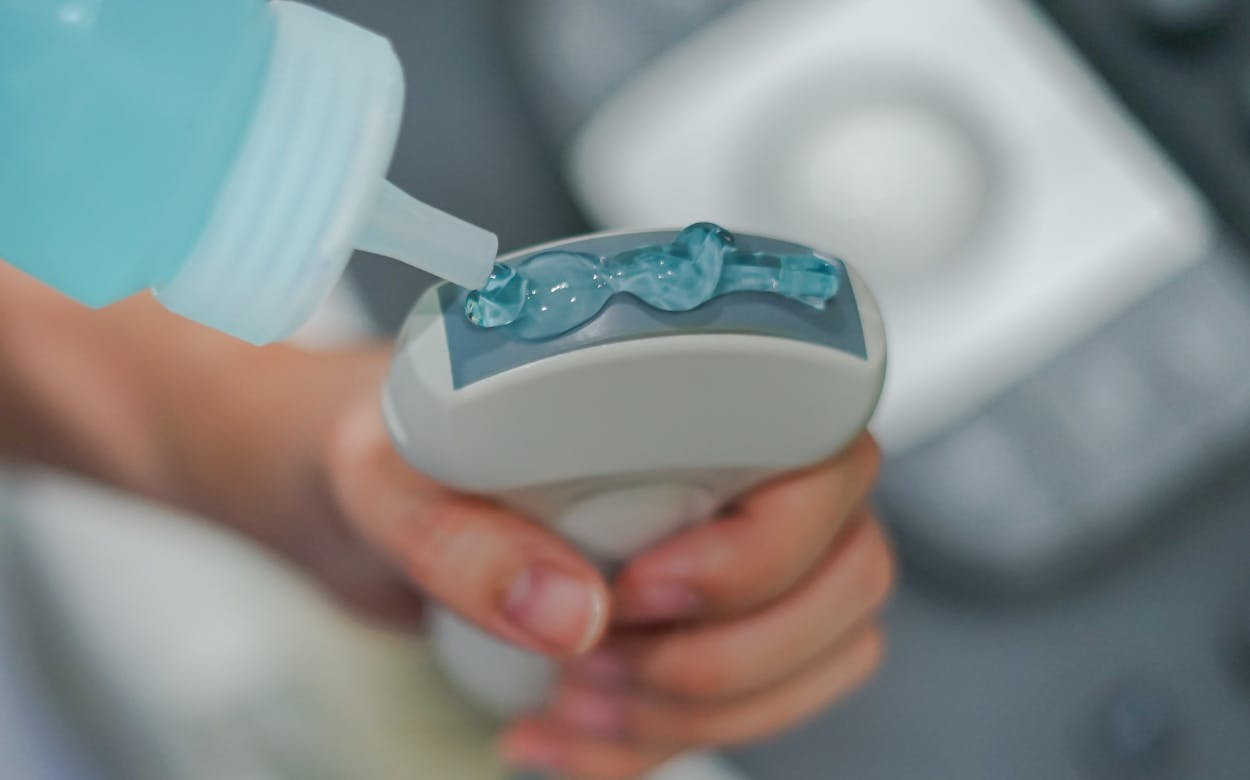New Jobs for Ultrasounds: Fighting cancer and inflammatory disease
A few weeks ago, we brought you a story about how providers working in the field with unhoused people are using existing devices in new ways. Specifically, those providers use GPA trackers and point-of-care ultrasounds as primary care tools.
Today, we’re bringing you another story with the spirit of finding new applications for existing, widely available tools. We’re discussing new innovations in the world of ultrasound. Specifically, how the technology may be used to treat—not just detect—diseases like brain cancer and arthritis.
Take a closer look with us at these exciting advancements.

A few weeks ago, we brought you a story about how providers working in the field with unhoused people are using existing devices in new ways. Specifically, those providers use GPA trackers and point-of-care ultrasounds as primary care tools.
Today, we’re bringing you another story with the spirit of finding new applications for existing, widely available tools. We’re discussing new innovations in the world of ultrasound. Specifically, how the technology may be used to treat—not just detect—diseases like brain cancer and arthritis.
Take a closer look with us at these exciting advancements.
Implanted ultrasounds for brain cancer
Brain cancer is one of the hardest to treat. Chemotherapy can’t cross the blood-brain barrier and many complex tumors are inoperable—or only operable to an extent.
Opening the blood-brain barrier to allow chemotherapy drugs to pass through is a priority for innovation in this area. Recent innovations include a hydrogel which may be able to better deliver chemotherapy drugs to the brain, as demonstrated by rat studies.
But what if a medical device could physically create gaps in the blood-brain barrier? That’s the idea behind the new implanted ultrasound technology from French device maker Carthera.
A new study in the Lancet details how researchers successfully increased the concentration of chemotherapy drugs in 17 patients’ brains—using this ultrasound device implanted in the skull. In fact, drug concentrations in the subjects' brains increased almost sixfold in the part of the brain activated by the device.
The device works by agitating microscopic bubbles injected into the bloodstream, which eventually make their way to blood vessels in the brain. The agitation of these bubbles with the sound waves briefly creates gaps in the blood-brain barrier for the drugs to be able to pass through.
This advancement is potentially game-changing for brain cancer patients and their providers. Accordingly, the device earned Breakthrough Device designation from the FDA last June.
Next, Carthera will need to work with other cancer researchers to determine which chemotherapy drugs work best in the brain. This is uncharted territory given that these substances have never made it to the brain before. The company is now launching a Phase 3 trial which will measure survival rates.
Ultrasound stimulation for inflammatory disease
The brain isn’t the only organ where researchers are trying out ultrasound stimulation as a device-enabled therapy. Another recently-published clinical trial had researchers using focused ultrasound stimulation (FUS) on the spleen to activate an anti-inflammatory response.
The study procedure involved using an ultrasound diagnostic imaging system to deliver pulses to the spleens of healthy human subjects. The researchers were following insights from preclinical data, which showed that stimulating the spleen activates an anti-inflammatory neural pathway.
Sure enough, the ultrasound-enabled stimulation lowered the production of inflammatory protein tumor necrosis factor (TNF) for over two hours.
While this is an early trial using healthy subjects, these findings suggest that ultrasound stimulation could someday be a new non-pharmaceutical treatment approach for an array of inflammatory diseases, like arthritis.
While inflammatory diseases are often less life-threatening than glioblastoma, the potential for new therapies that may allow patients to rely less on chronic use of NSAIDs and steroid treatment is exciting. Medical innovation continues to show us that, just because a treatment already exists, doesn’t mean we can’t bring patients a better one.
Innovation is reinvention
When you mention ultrasound innovation, the average person is likely to think of medical imaging—perhaps even AI-enabled ultrasound imaging analysis (as discussed in our lead article this week). Yet, the impact of mechanical pressure waves produced by ultrasound clearly has an array of other revolutionary applications in medicine.
We’re excited to see how these studies eventually result in commercially-available devices and therapeutics. And in the meantime, we will continue to assert: Some of the best medical innovation lies in reinvention.